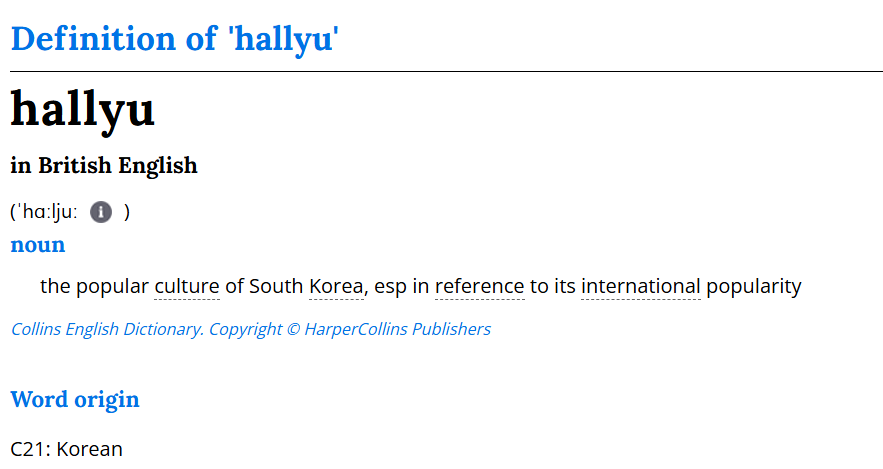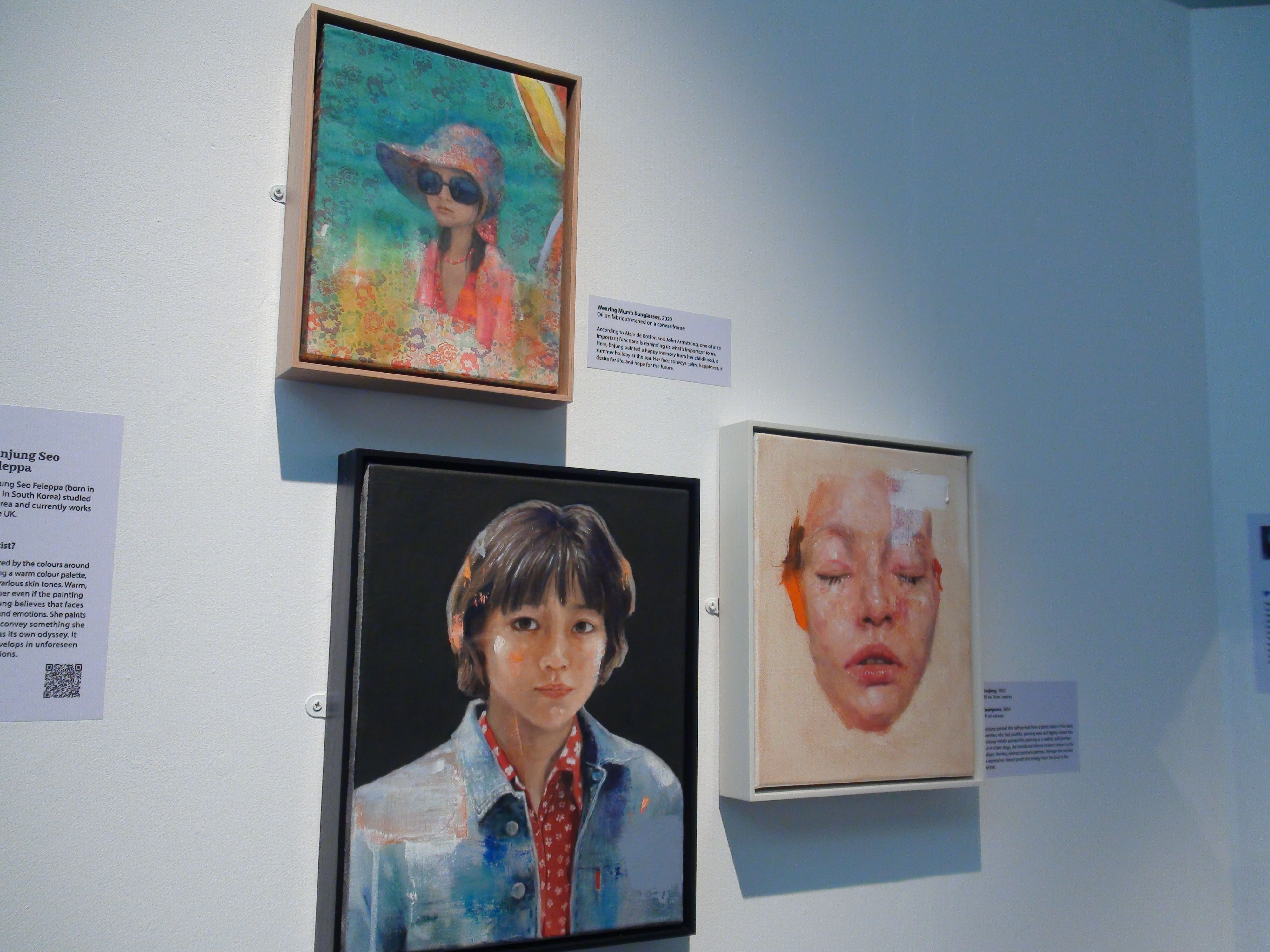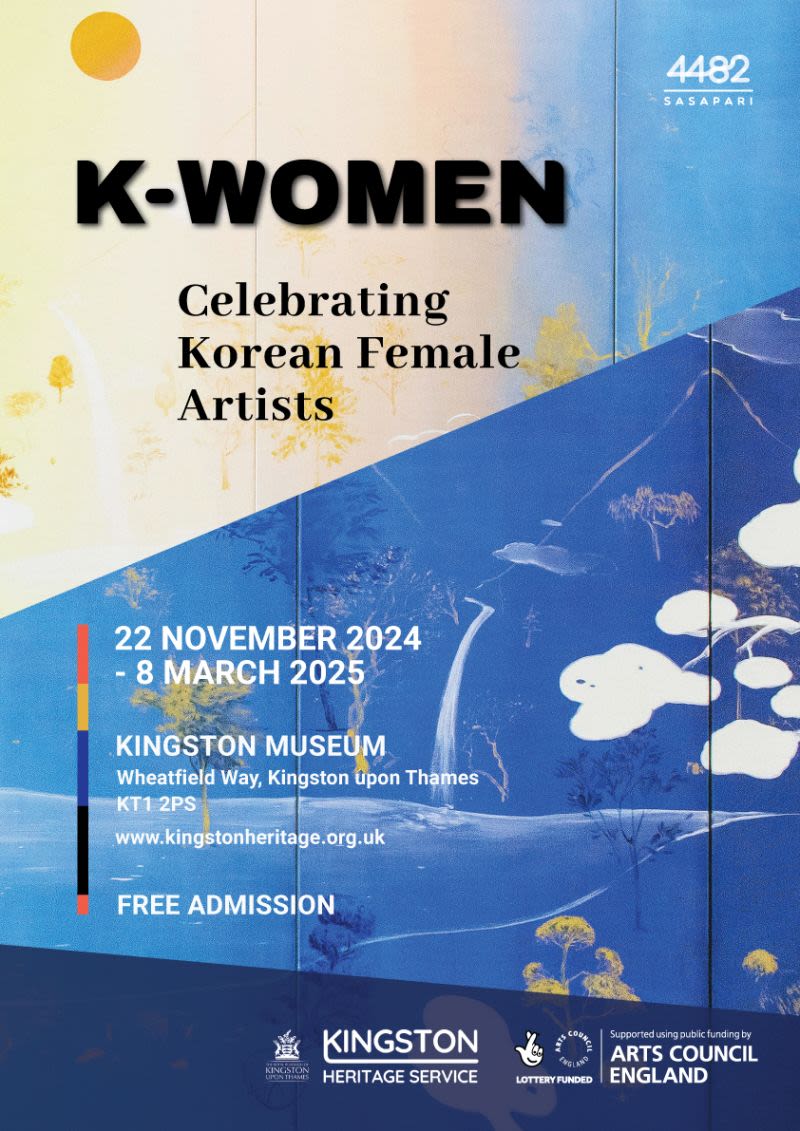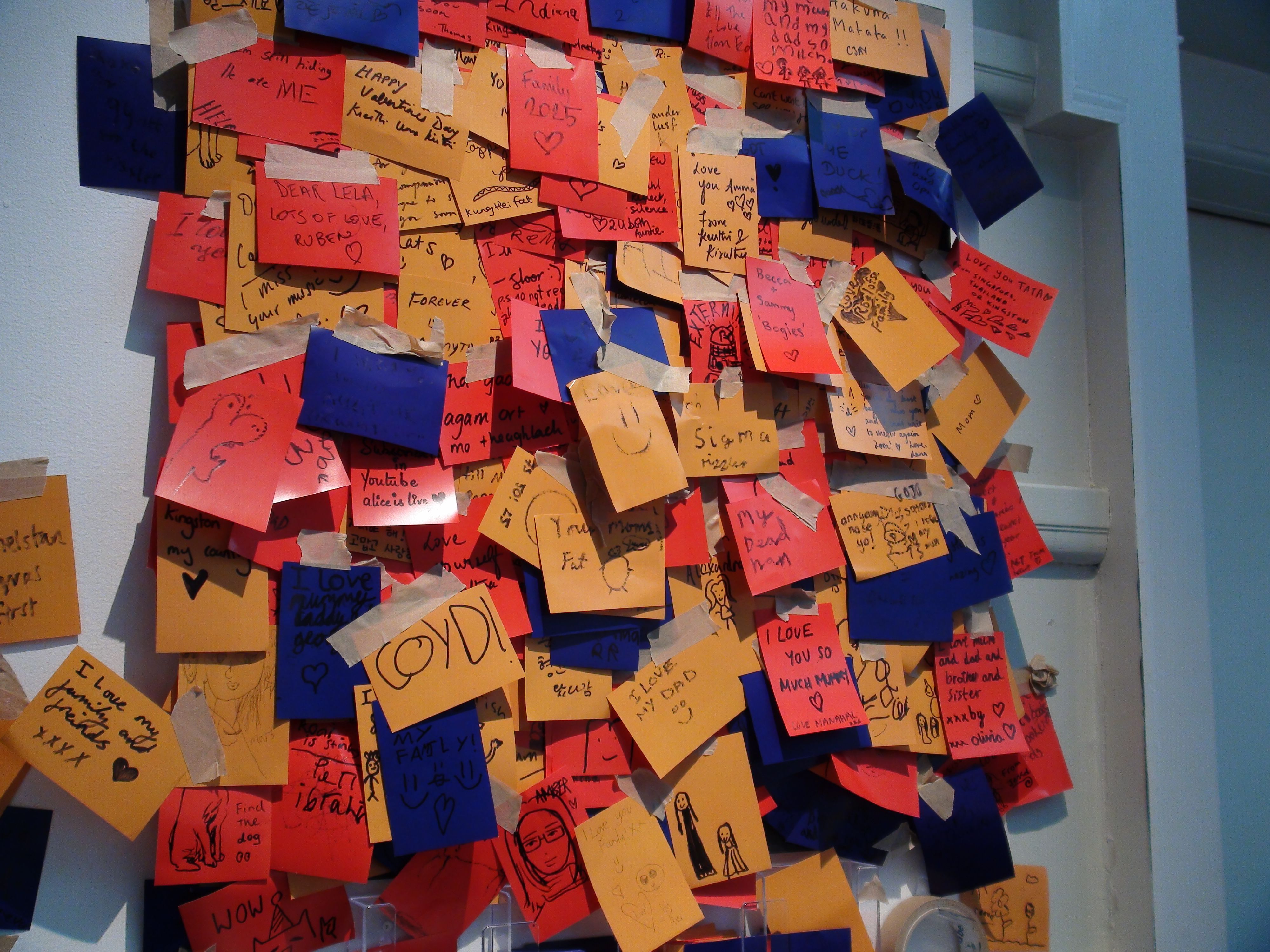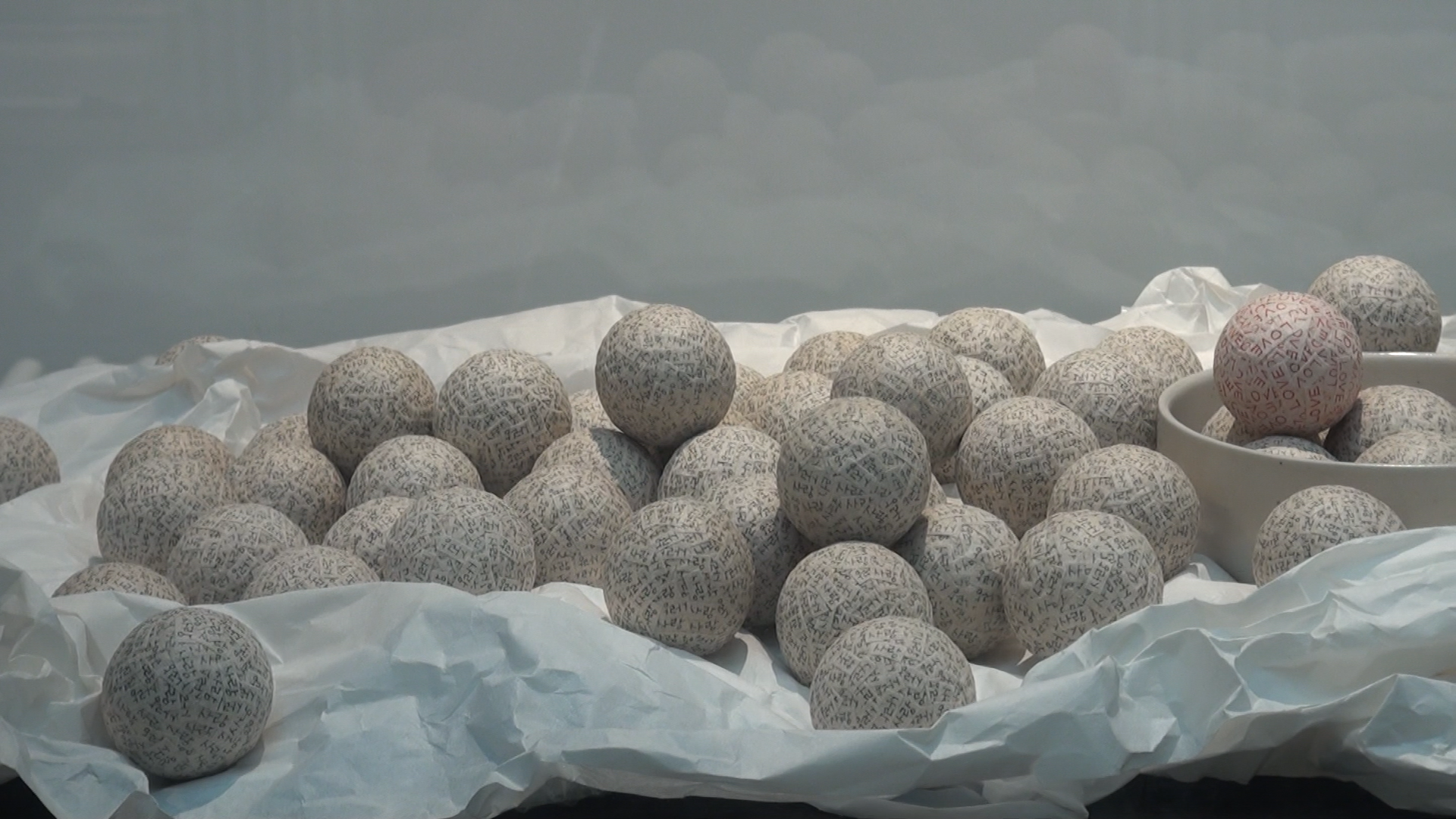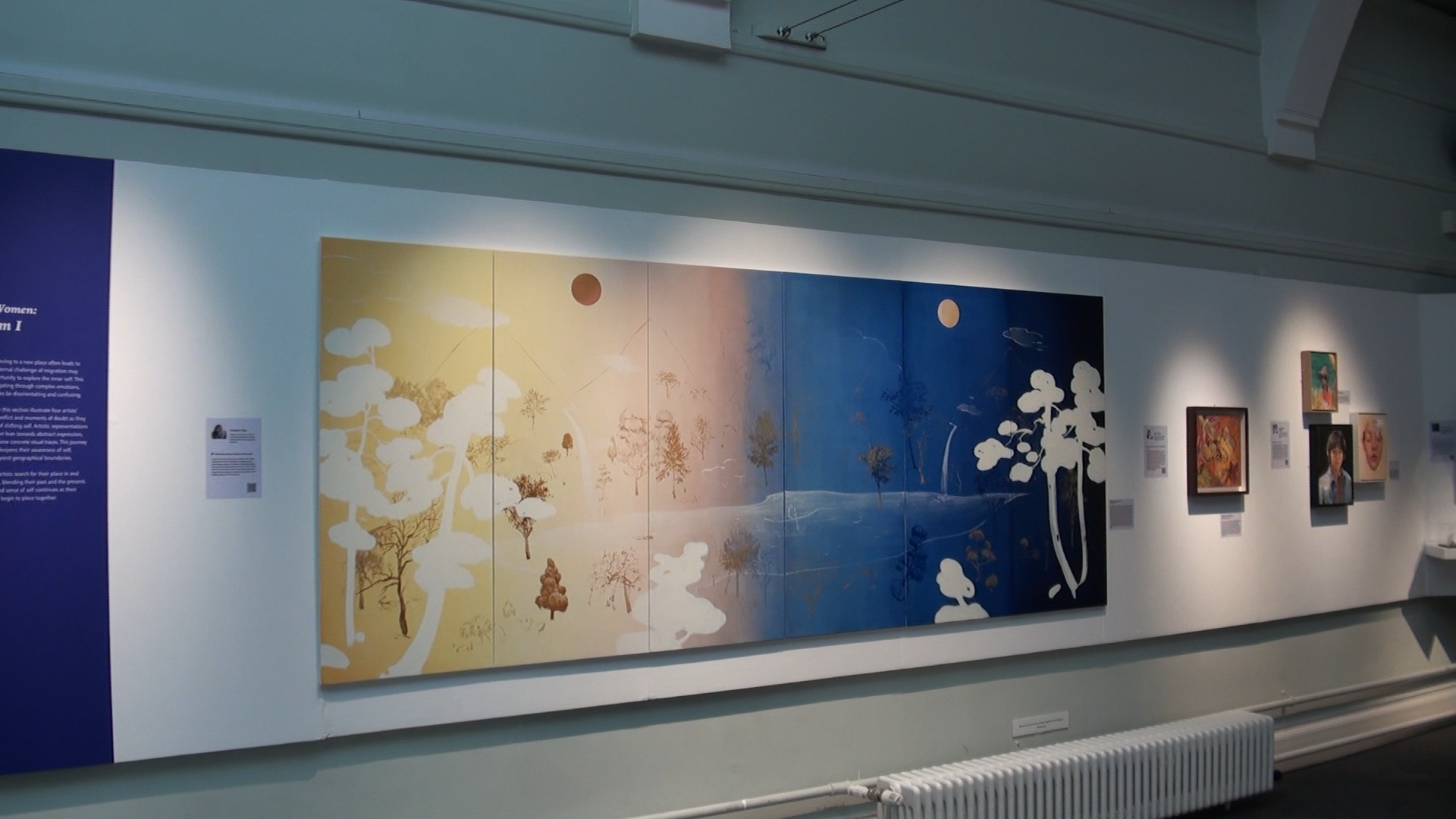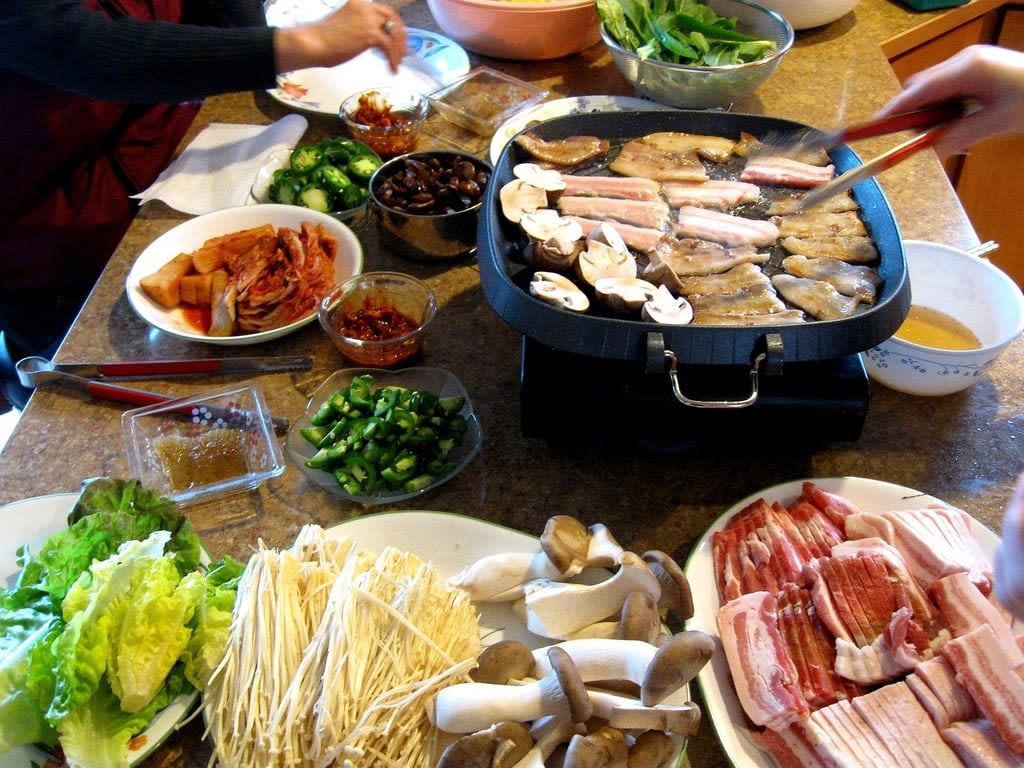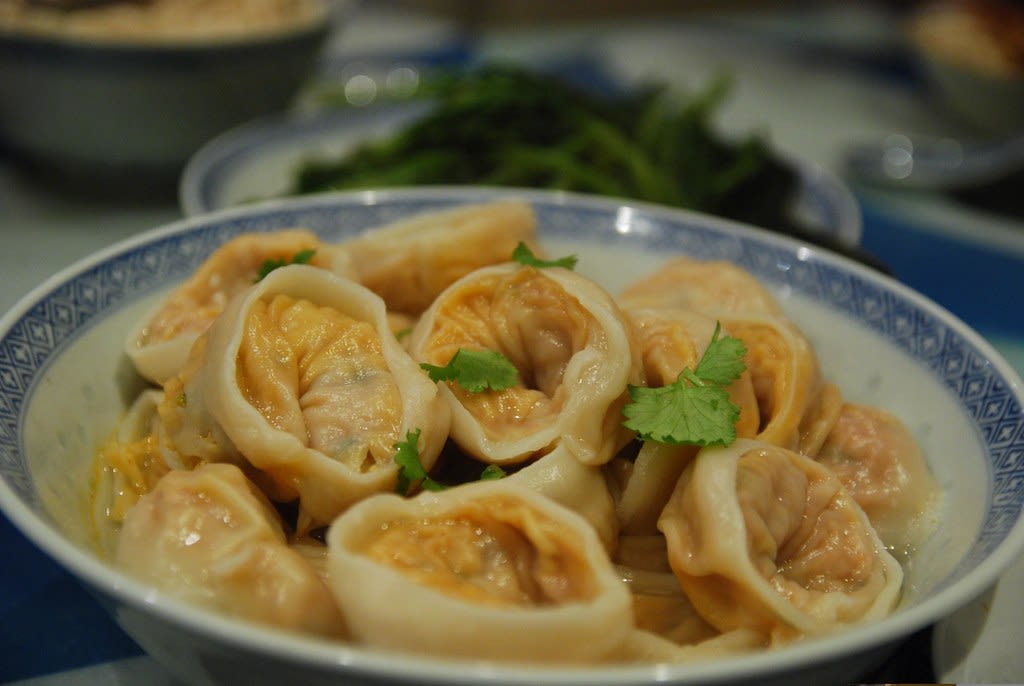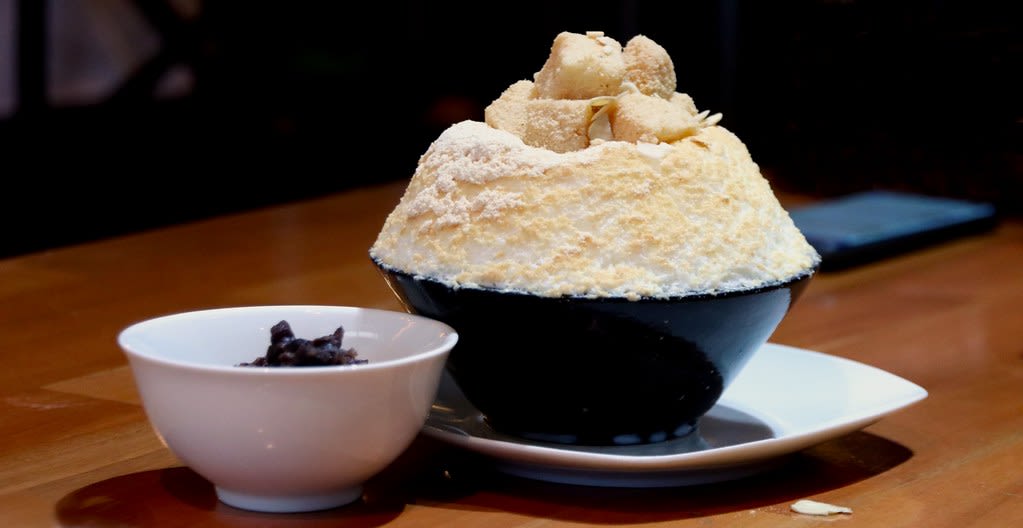Hallyu! Kingston
Understanding British Korean identity through the universal voice of art in Kingston upon Thames' Korean community
Content warning: Mention of sexual assault
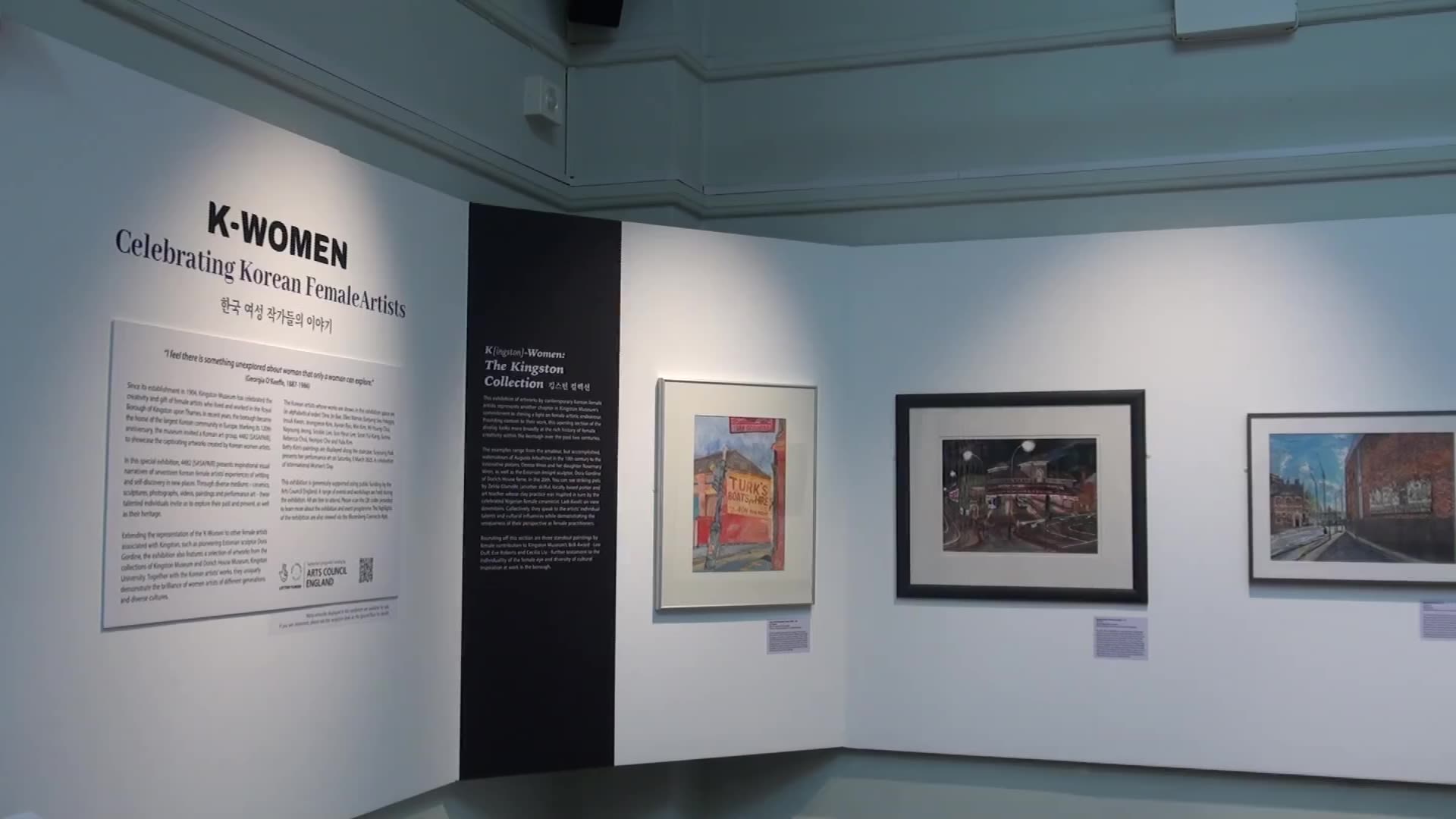
The term 'Hallyu' (한류), or ‘Korean Wave’, refers to the global phenomenon of increased popularity in South Korean culture.
Hallyu gained traction in the late 1990s, with a second boom in the noughties, and Korean pop culture has made international waves on our screens, shelves and sound systems ever since.
The success of K-Pop groups such as BTS have amassed fandoms on the level of Beatlemania, and Netflix blockbuster Squid Game kept viewers on the edge of their seats for 1.65bn hours in the first month since its release.
If you’ve ever picked kimchi from the menu, or marvelled at the dewy-skinned results of Korean skincare, you’ve been swept up by the current. South Korea has become a cultural powerhouse that is enamoured worldwide and impossible to ignore.
In London, the Royal Borough of Kingston upon Thames is home to one of the largest expatriate communities of Koreans in Europe. Within this, the suburb of New Malden, often described as Koreatown, or Little Korea, is said to be one of the most densely populated areas of Koreans outside South Korea.
Hallyu worldwide and the growth of the local community in Kingston upon Thames
1950s
The Korean war and Korean diaspora played a significant role in shaping the community in Kingston Upon Thames. As many Koreans make way to the UK during this unstable time, New Malden's location and affordability is appealing. Existing settlers offer support to newcomers navigating foreign customs, and as the network grows, the borough provides a sense of home away from home.
1970s
The South Korean Embassy’s original UK residence is established in Lord Chancellor's Walk in Coombe Lane West, New Malden, as well as Korean tech company Samsung’s first European headquarters nearby.
1988
Summer Olympics held in Seoul.
1999
The first generation of the Korean Wave sweeps across Asia, particularly a rise in popularity in Korean TV in China. The term ‘Hallyu’ is first coined by journalists from the Bejing Youth Daily.
2008
Hallyu 2.0: the Korean Wave breaks again, as social media and the internet allows for worldwide dissemination.
2012
Seoul-based rapper Psy’s song Gangnam Style is released, becoming the first YouTube video to be viewed a billion times.
2013
UNESCO recognises the tradition of 'Kimjang', the practice of making and sharing kimchi, as an Intangible Cultural Heritage of Humanity.
2019
Bong Joon Ho’s film Parasite is released, with groundbreaking success at the 2020 Oscars, taking home four awards, and making history as the first non-English language film to take the top prize of Best Picture.
2021
Netflix blockbuster Squid Game becomes the first non-English show to top global viewing charts, breaking all previous records for the platform.
2021
The term ‘Hallyu’ is added to the Oxford English Dictionary, along with 25 other Korean words.
2022
BTS are named top-selling act in the world for the second year running.
2022
Victoria and Albert Museum holds ‘Hallyu! The Korean Wave’ exhibition.
2023
The Royal Borough of Kingston upon Thames becomes the first place in Europe to declare it will annually celebrate 22 November as Kimchi Day.
2024
Kingston council signs The Memoram of Understanding with Seocho District in the Korean Capital Seoul, a written agreement to work in partnership and boost cultural connections between the two areas, in recognition of Kingston’s significant Korean community.
2024
King Charles visits New Malden, celebrating 140 years of diplomatic relations between the UK and Korea.
2024
Kingston Council unveils plans to open the first Kimchi school outside of Korea in Kingston.
K-Women: Celebrating Korean Female Artists
K-Women: Celebrating Korean Female Artists will be exhibited at Kingston Museum from 22 November 2024 to 19 April 2025, with an extended deadline due to high demand.
Sponsored by Arts Council England and Kingston Heritage Service, the partnership between the Museum and art collective 4482 [SASAPARI] pays homage to the instrumental role played by the Korean community in the borough’s vibrant culture.
Split into three sections titled: A Story of Moving, Who am I? and Endless Journey, as well as a collection dedicated to the Kingston archive, the exhibition showcases artwork from 17 creatives. With a focus on identity, each piece expresses the challenges and emotions the artists faced in cultural adaptation.
Discussion with the exhibition's curator and three of the artists opened up an in-depth conversation on British Korean identity: the female experience, a place between two homes, the unique space in Kingston, and the surrealness of seeing your cultural heritage celebrated worldwide.
Who are 4482 [SASAPARI]?
Beginning as a Korean artists-led collective in 2007, to now hosting opportunities for over 300 UK-based Korean artists, 4482 [SASAPARI] seeks to bridge the gap between the diverse cultures of South Korea and the UK. Represented by the numerals ‘4482’ (the combined dialing codes of the United Kingdom, 44, and South Korea, 82), the collective aims to celebrate artistic communication between the two countries to the wider public, and champion the contemporary arts of Korea.

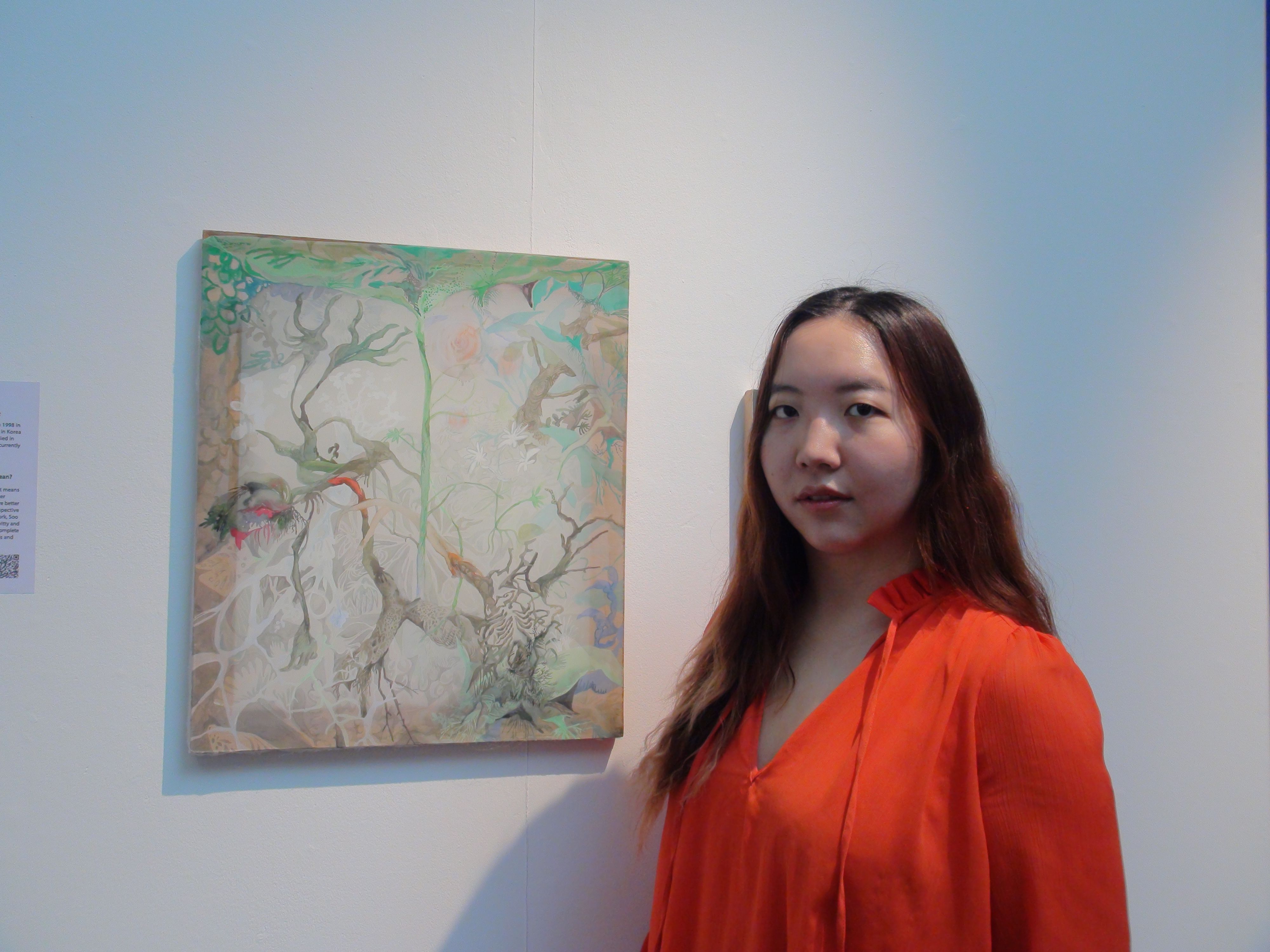
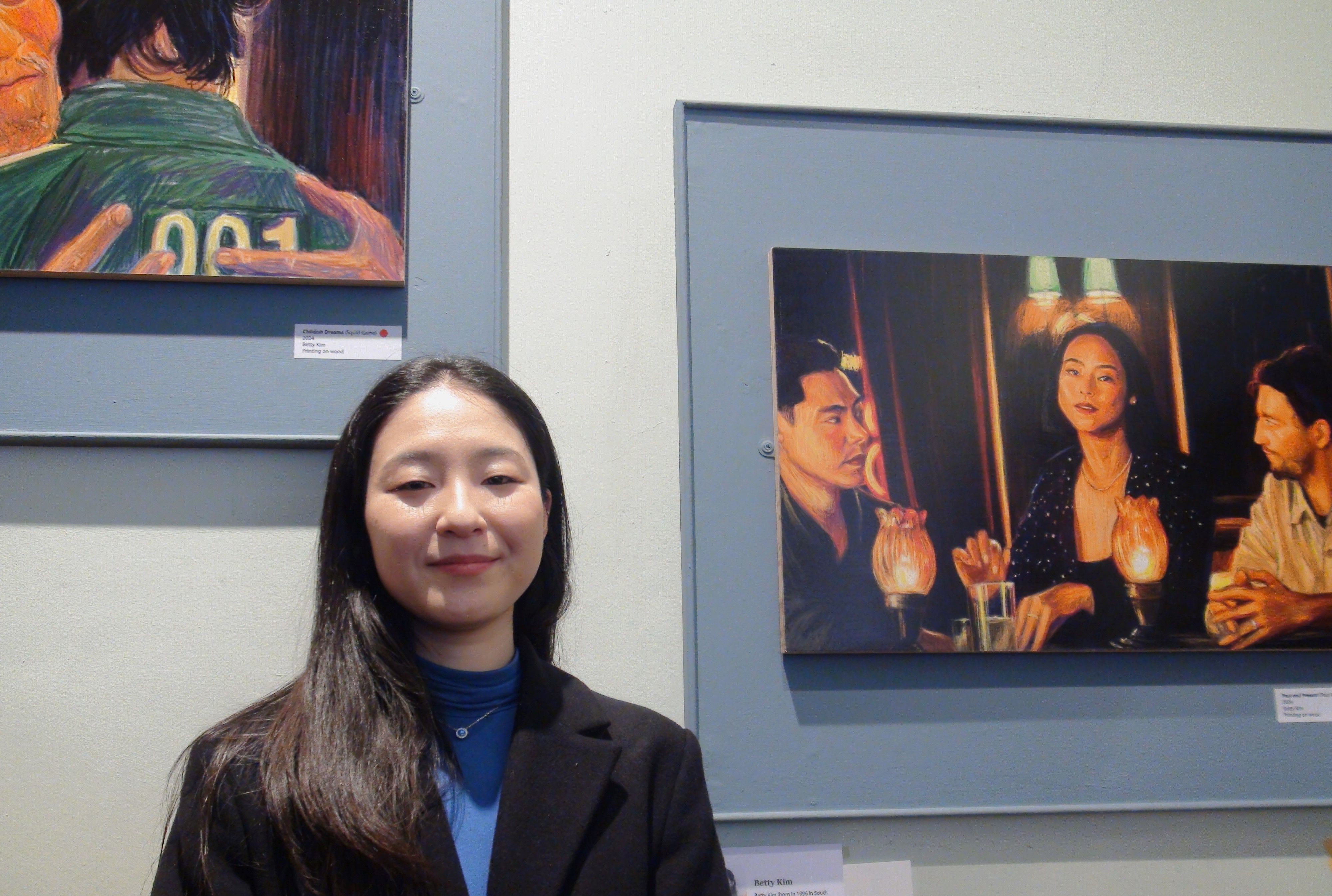
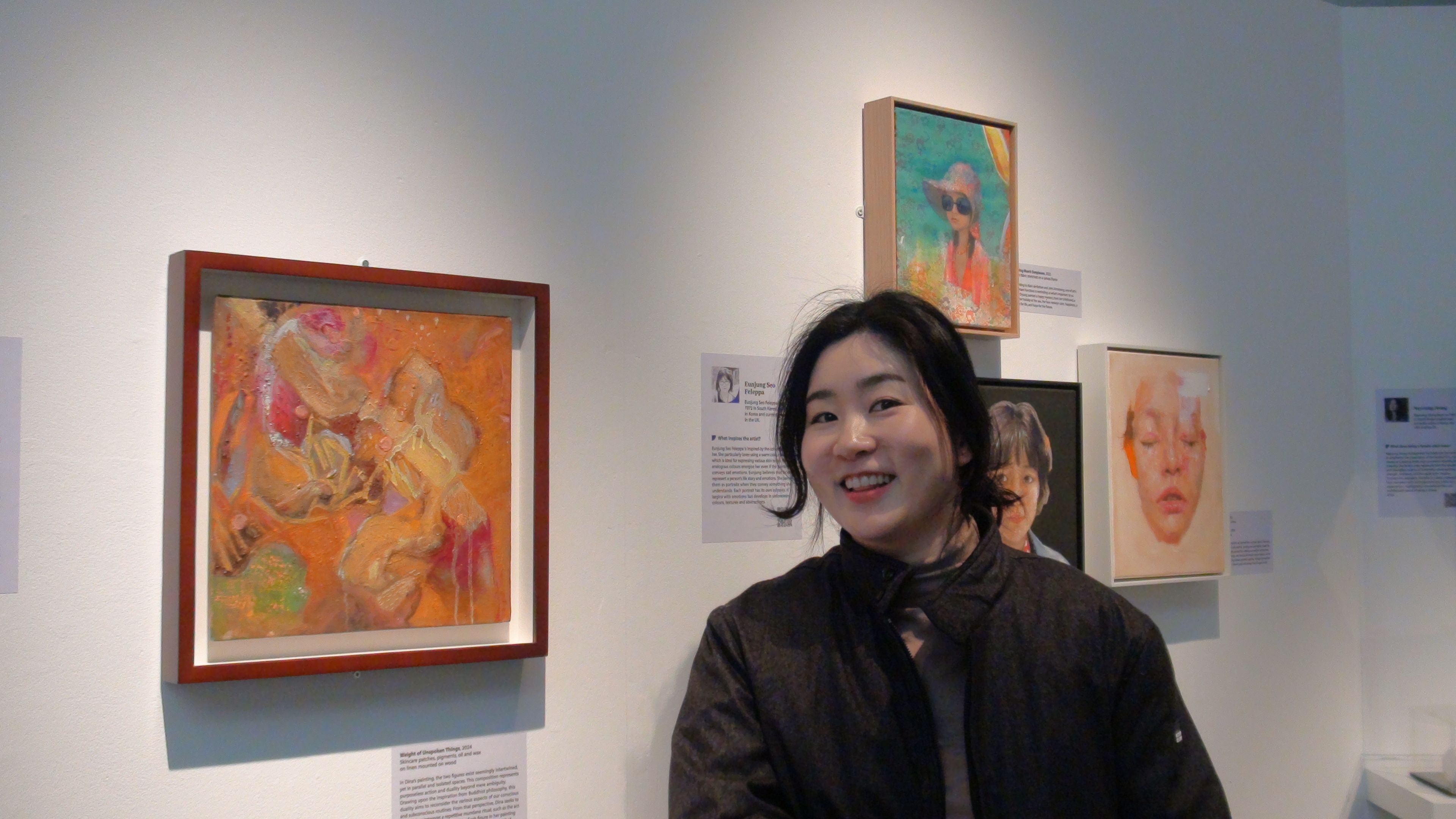
Dr Gee Sun Hahn
Instead of feeling like a minority, or isolated, we actually feel now very unique, which always stimulates us to go to the next step. The UK has always been very open to lots of cultures and ideas.
Lead curator of the 4482 [SASAPARI] and Kingston Museum Collection, Sun specialises in Korean art, heritage and museums. Gathering the artists and works for this exhibition at the heart of the British Korean community was especially meaningful for Sun, allowing the collective to form a new community and discuss their heritage in a unique way.
“One of the interesting things for me as a Korean living in the UK, is that I’ve been living over here long enough that when I go back to Korea, I feel like the third person. So, collecting all these artworks, gathering all these artists and talking about their work actually brought us into another community. We have similar experiences returning to Korea, and we can talk about our heritage in a very different way.”
While the exhibition focusses on the experience of Korean immigration and identity, Sun emphasised that notions of identity are universal, and extended a warm invitation to anyone wishing to understand Korean culture.
“When I moved over here, I was going through a point of, who am I? Where am I from? Because you always get those questions, where are you from? Who are you?
“You try to assimilate with some people but end up finding yourself really different. I guess those endless journeys just makes you who you are.
"Although it's a difficult journey, and it's not enjoyable at some times, identity is one of the interesting things that all people go through on their path. People might not even think about it a lot, but these artists were able to explore and express themselves through their art.”
Sun’s PhD thesis focussed on the formation of national identity, and the depths of her knowledge and research shone through the exhibition and her interaction with the artists.
“We start by speaking English to each other, but they [the artists] can’t resist the fact that they’re from Korea. It just comes out of their artwork.
"The colours, the patterns, you just get the flow of that Korean sense… I feel so grateful that they feel like they’re included in something. They’ve been able to see some new people and make connections with them.”
Soo Hyun Lee
I always refer to art as a transcendental language… You don’t need a word that is defined in the dictionary. You could make your own vocabulary, make your own grammar. You don’t have to speak my language.
Inspired by the story of Daphne in Greek mythology, Soo’s work channels her faith in art’s power to transcend the barriers of language and represent the collective pain of sexual violence survivors.
“There are still so many women in different cultures who can’t openly share their stories, they might be shamed or attacked. It’s not safe for some people still. I was one of them. The Daphne series talks about my experience of sexual harassment, which I was shamed to talk about as a person, but with my artwork, I’m not shamed at all.
"Sometimes my story might be neglected in society and not recognised in mainstream media, but with art I can deliver it to the world.”
Soo described her shock at the levels of racially motivated sexual harassment she experienced when first moving to Europe, which led her to feel like ‘prey’, and an ‘easy target’. Refusing to settle in acceptance that this would be her daily experience, and condemning the dismissals that she was simply ‘unlucky’, Soo recognised this behaviour as a pattern of how Asian women are continually perceived and treated, and its links to self-perception.
“I moved quite a lot when I was young…That made me realise how much language itself restricts our ideas. Shame or restriction often occurs from what society tells us, how they describe us.”
For Soo, raising her experience through this exhibition provides representation for marginalised voices, and targets those who deny the existence of such violence.
“When I first got this exhibition, I thought it’s so empowering for myself that this is a place I went through violence, and those people who were violent to me might have imagined that I won’t hit back. But I came back here with my artwork and I’m exhibiting it here and telling my story. I think this is the great part of art. I could come back and not be the same person that you thought.”
The Daphne series will also be featured in an exhibition in LA, and Soo's recent work, My Soft hands Became a Sword One Day, is set to be displayed in Switzerland.
Betty Kim
Seeing how Korean culture has become so globalised- It’s quite incredible actually... I think it's quite a great time to be alive as a Korean person living in the UK
In her series Daybreak Revelations, Betty Kim fulfils the promise kept to her childhood self that she would be an artist when she grows up.
“This exhibition gives me an opportunity to talk about things that are quite personal to me, but in a way that connects with other people. It’s why I use films and scenes, they’re easy for anyone to understand.
"Art kind of transcends the barriers of language. English or Korean, sometimes it just doesn’t seem like it’s enough to express the things that go on internally.”
Betty uses the art of projection to connect with herself and others, and navigate the hybridised culture of being a second-generation immigrant, from the sacrificial love of family to conflicted feelings of identity.
Betty’s main piece in the exhibition represents fluttering feelings between Korea and the UK, showcasing a pivotal scene from the film Past Lives, directed by Korean Canadian filmmaker Celine Song, with dialogue in both English and Korean.
“Returning to Korea, you feel a sense of belonging that you don’t feel in the UK. I think it was something about not needing to prove myself. Superficially, I could just blend in.
"I think there’s a poignant sort of mix between those feelings I will always carry. I will never fully be one or the other.”
The series includes scenes from Interstellar, Past Lives, Minari, and Squid Games, which spoke to Betty on a compositional level, with each work depicting a tender onscreen moment.
“Because we are immigrants, it makes sense that we focus more on the rational and suppress any difficult emotions.
"In creating these works, I had to face the emotions that I felt towards my father, and the sadness I felt thinking of the sacrifices he made for me. He had to leave his own world, leave Korea, and everything he knew to come to the UK and start a new world for me. There’s a sort of catharsis and release that I feel when I do these works. It was a way for me to retain and manage these big emotions that I wouldn’t be able to in normal day life without too much intensity.”
As a resident in the borough, Betty celebrates the sense of community in the area, as well as the now global recognition of Korean culture.
“A lot of Korean people live near Kingston and New Malden, and it’s fascinating to see it as a hub for Korean people to live in and just connect with themselves.
"People seeing, understanding and recognising Korean culture is something that blew up when I was in my late teenage years. When I was a child, no one really knew where South Korea was, so from that starting point to now, people recognising dramas and films from Korean culture- It’s quite incredible actually. I think for me, it created a sense of respect and acknowledgement for being Korean, which I didn’t know I wanted or needed, and an acceptance within myself as a British person and a Korean person."
Dina Jin Bae
Human beings cannot be defined by one single culture. Humans are multifaceted and complex and cannot be explained in just a single sentence. I think it’s really important to understand myself and others from that perspective.
Dina Jin Bae is an artist with a development of over 200 K-beauty cosmetics. Using expired makeup products and experimental painting with makeup puffs and power brushes, Dina observes and questions the small gestures made in daily life.
“I think physically moving from one place to another country made me see my ego and identity from a different perspective. We are always questioning and talking about the importance of understanding identity, but we don’t try to see that there’s so many fragmented egos in one single identity. We change a lot in our lives.”
Through her experience in the cosmetics industry in Korea, Dina has a firm grasp on the intricate skincare routines that epitomise K-beauty: its deep connection to Korean heritage, the link to a cultural emphasis on strict and restrained hygiene, and sacred, meditative practices.
In her work Weight of Unspoken Things, Dina uses skincare patches and pigments to reinterpret repetitive mundane rituals, such as the act of applying and removing makeup, symbolic of our conscious and subconscious routines, and the duality of oneself and others.
Dina views gender, like nationality, as one of many elements that constitute identity and expresses this in her art. Growing up in a patriarchal setting, Dina experienced feelings of distortion and repression surrounding gender, cultivating a curiosity in how notions of femininity and masculinity vary across cultures.
“When I worked in a cosmetics company, most of the workers and consumers were female but the products were created by men. I’ve experienced that kind of contradictory situation my whole life.
“I grew up in a very patriarchal society and family in South Korea, but the thing is, my father always encouraged me- you can do anything, you can be better than anyone- but when it came to my mother, he was very patriarchal. That contradictory situation, the elements of my mother and father, it was a distorted, twisted experience.”
Dina feels inspired by many British female artists in the Tate Modern and Royal Academy, and the unique community 4482 [SASAPARI] has created.
“Since I’m in London, it’s quite difficult to find community as a Korean woman because we are in foreign countries, so it’s really special to be around Korean women with different backgrounds, interesting stories, and different practices and mediums. I feel like I’m learning every day here, whenever I meet new artists. There’s a very special atmosphere from the Kingston Museum and archive…There’s an active and lovely community, I can feel the atmosphere and energy here.”
Dina said her work isn’t for anyone in particular, but hopes that people who see it could have a dialogue with themselves, to remember past feelings and experiences that may otherwise be forgotten in the business of daily life.
Entrance to the exhibition is free, and Kingston's Kimchi school is not due to open until September 2025, so until then, why not immerse yourself in the plethora of Korean cuisine the borough has to offer:
Korea Hero
Highly anticipated new restaurant, Korea Hero, is opening on 64 High Street, Kingston, 24 March.
Cah Chi
Described by Grace Dent, the Guardian's restaurant critic, as ‘An umami-drenched patch of extreme deliciousness’.
Bingsoo Cafe
Just opposite the Korean minimart Seoul Plaza, Bingsoo Café specialises in the Korean frozen dessert, bingsoo.
With special thanks to 4482 [SASAPARI] and Kingston Museum.
Secondary sources:
https://londonopia.co.uk/londons-korean-community/
https://londonopia.co.uk/the-korean-republic-of-new-malden/
https://www.theguardian.com/world/2022/sep/04/korea-culture-k-pop-music-film-tv-hallyu-v-and-a
https://www.dazeddigital.com/art-photography/article/56549/1/new-v-and-a-exhibition-traces-the-korean-culture-boom-kpop-parasite-squid-game
Images:
Hallyu definition in Collins Dictionary
Accessible at: https://www.collinsdictionary.com/dictionary/english/hallyu
Kingston-on-Thames: Market Place, 1963 (Ben Brooksbank/Wikimedia Commons)
Accessible at: https://commons.wikimedia.org/wiki/File:Kingston-on-Thames_Market_Place_geograph-3386581-by-Ben-Brooksbank.jpg)
S Korea Seoul Olympic Stadium 1988 (Larry Koester/Flickr)
Accessible at: https://www.flickr.com/photos/larrywkoester/16807704618
Germany Mtv Europe Music Awards 2012 (Arne Dedert/EPA/Shutterstock)
S. Koreans celebrate as ‘Parasite’ snags historic win at Oscars 2020 (Chris Pizzello/Invision/AP)
Squid Game 2 (Netflix)
BTS (Justt_me/Goodfon.com)
Accessible at: https://www.goodfon.com/music/wallpaper-bts-boibend-koreia-koreiskaia-gruppa-parni-kostiumy-bts.html
Kimchi (Mario K/Pexels)
King Charles (AFP)
Accessible at: https://www.freemalaysiatoday.com/category/world/2024/02/09/king-charles-doing-extremely-well-says-queen-camilla/
Samgyeopsal (Pixabay)
Accessible at: https://picryl.com/media/samgyeopsal-pork-belly-korean-cuisine-09d28a
Kimchi steam dumplings (Alpha/Flickr)
Bingsoo (Thank You (25 Millions ) views/Flickr)

